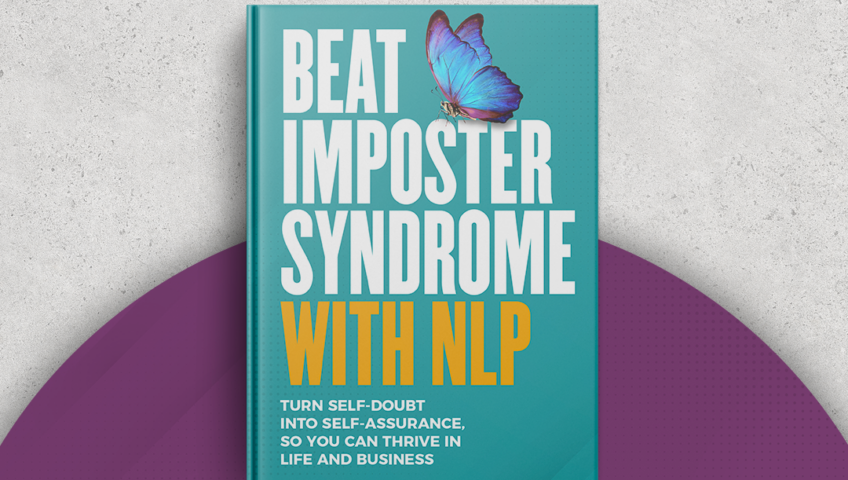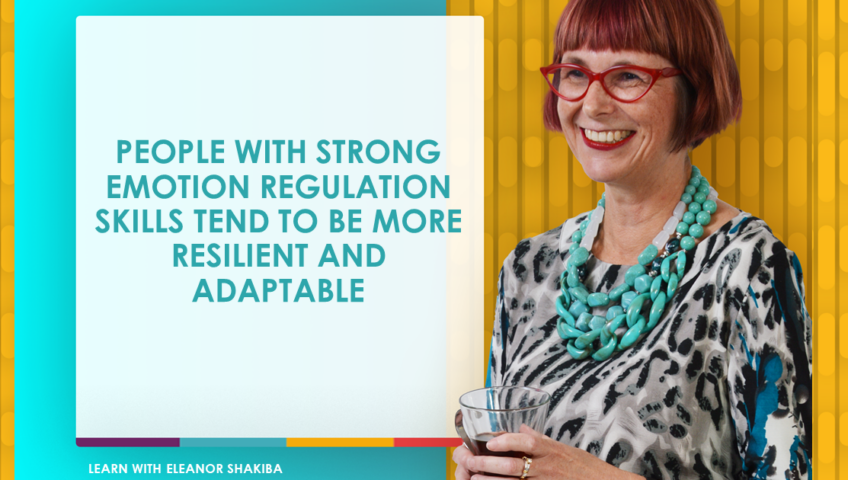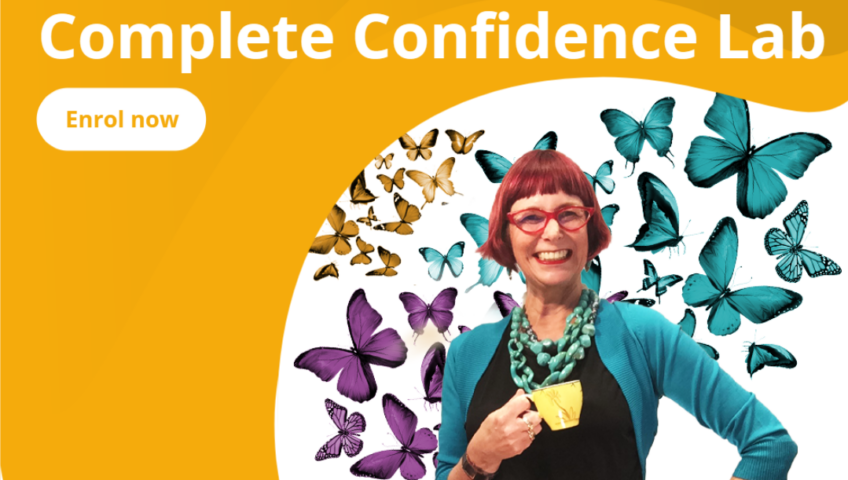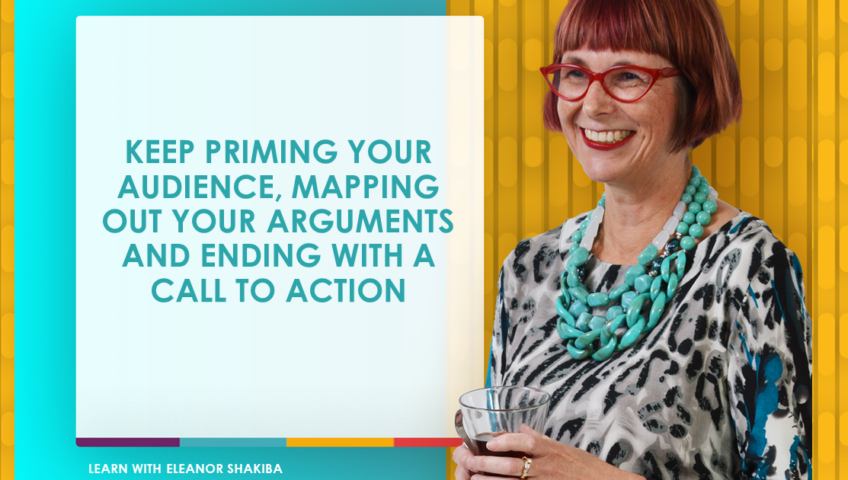Have you ever wondered why even the most intelligent people make poor decisions? One cause is your brain’s incredible, but fallible, architecture. Last week I came across an interesting article about this. Apparently, making decisions involves two key brain processes: pattern recognition and emotional tagging.
If you’ve ever done one of my courses on Neuro Linguistic Programming, you’ll already know about pattern recognition. It allows you to draw conclusions by recognising patterns established through previous experiences. For example, pattern recognition helps experts like chess masters quickly assess situations and make informed choices by spotting familiar situations.
You will have heard me talk about emotional tagging if you’ve done my resilience or confidence courses. It happens when your memories are linked to strong emotions. These emotions guide your attention and influence your actions when the memories are activated. Which can lead to your experiencing strong emotions, even when these are not really warranted.
Despite their usefulness, pattern recognition and emotional tagging can also lead you astray. For example, researchers have identified three “red flag conditions” that can cause even successful leaders to make grave errors. The first condition involves having inappropriate levels of self-interest. This can bias how a leader makes decisions.
Free e-book and video tips.Get your copy today!
|
|
The second condition involves distorting attachments to people, places or things. This your judgement and impact your perception of situations. For instance, entrepreneurs might hesitate to sell a business to which they have become emotionally attached.
Finally, misleading memories can lead you astray. These are memories that seem relevant to the current situation but actually steer your thinking in the wrong direction. An example of this might be a trader who is confident in their ability to read market trends, yet overlooks important data in changing market conditions.
Clearly, your brain is not a perfect decision-making machine. But what can you do to overcome these limitations? One approach is to become more aware of your own thinking processes. By understanding how you make decisions, you can learn to spot potential biases. By acknowledging your biases and emotional attachments, you can strive for more rational and objective choices.
To delve deeper into the research on decision-making, you can read the full article here.
This article summary was created by Eleanor Shakiba
Eleanor is a leadership trainer, success coach and people skills expert. She helps managers and business owners build thriving teams and organisations, using tools from Positive Psychology. She's trained more than 60,000 people during her career as a corporate trainer and professional development consultant. Her mission is inspiring talented people to become leaders who make a difference.









